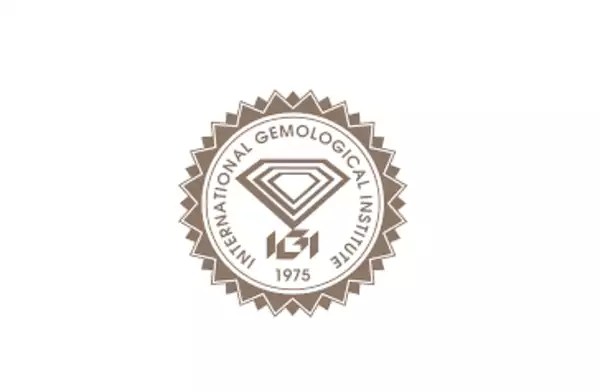The Indian Jewelry Market: A Glimpse into the Future
The Indian jewelry market, a vibrant tapestry of culture, tradition, and modernity, stood at an impressive USD 64 billion in calendar year 2023 (CY23). This sector is poised for remarkable growth, with projections indicating it could reach between USD 100 billion to USD 115 billion by calendar year 2028 (CY28P). This anticipated growth, at a compound annual growth rate (CAGR) of 11% to 13%, is driven by several factors, including rapid urbanization and an increase in discretionary spending among consumers.
The Dominance of Gold
Gold has long been the cornerstone of the Indian jewelry market, accounting for approximately 87% of the total market share. This enduring preference for gold is deeply rooted in Indian culture, where gold jewelry is not only a symbol of wealth but also an integral part of various rituals and celebrations. However, as consumer preferences evolve, the share of gold in the overall market is expected to decline to between 70% and 75% by CY28. This shift is indicative of a growing interest in alternative categories such as diamonds and gemstones, which are becoming increasingly popular among younger consumers and urban dwellers.
The Rise of Alternative Jewelry Categories
As the Indian middle class expands and urbanization accelerates, there is a noticeable shift in consumer preferences. Younger generations are gravitating towards contemporary designs and unique pieces that reflect personal style rather than traditional norms. This trend is fostering the growth of diamond and gemstone jewelry, which are expected to capture a larger share of the market. The increasing availability of high-quality diamonds and gemstones, coupled with innovative marketing strategies, is likely to further enhance their appeal.
The Organized Sector’s Growth
One of the most significant changes in the Indian jewelry market over the past decade has been the rise of the organized sector. In CY10, the organized segment accounted for a mere 2% of the market. However, by CY23, this figure has surged to approximately 35%. This transformation can be attributed to several supply-side reforms, including mandatory gold hallmarking and the introduction of the Goods and Services Tax (GST). These reforms have not only improved consumer trust but have also encouraged more players to enter the organized market, thereby enhancing competition and quality.
Looking ahead, the organized sector is expected to grow further, potentially reaching a market share of 40% to 50% by CY28P. This growth will be fueled by increased consumer awareness regarding the authenticity and quality of jewelry, as well as a growing preference for brands that adhere to ethical sourcing and transparent practices.
Urbanization and Discretionary Spending
Rapid urbanization is a key driver of growth in the Indian jewelry market. As more people migrate to urban areas, they are exposed to new lifestyles and consumption patterns. This urban demographic tends to have higher disposable incomes and a greater inclination towards luxury goods, including jewelry. The increase in discretionary spending is not only limited to traditional gold jewelry but also extends to contemporary designs and branded offerings, further diversifying the market.
Conclusion
The Indian jewelry market is on the cusp of a transformative phase, characterized by robust growth and evolving consumer preferences. While gold will continue to hold a significant share, the rise of diamonds and gemstones, along with the expansion of the organized sector, will reshape the landscape of this vibrant industry. As urbanization and discretionary spending continue to rise, the market is set to flourish, making it an exciting space for both consumers and investors alike. The next few years promise to be pivotal for the Indian jewelry market, as it embraces change while honoring its rich heritage.

